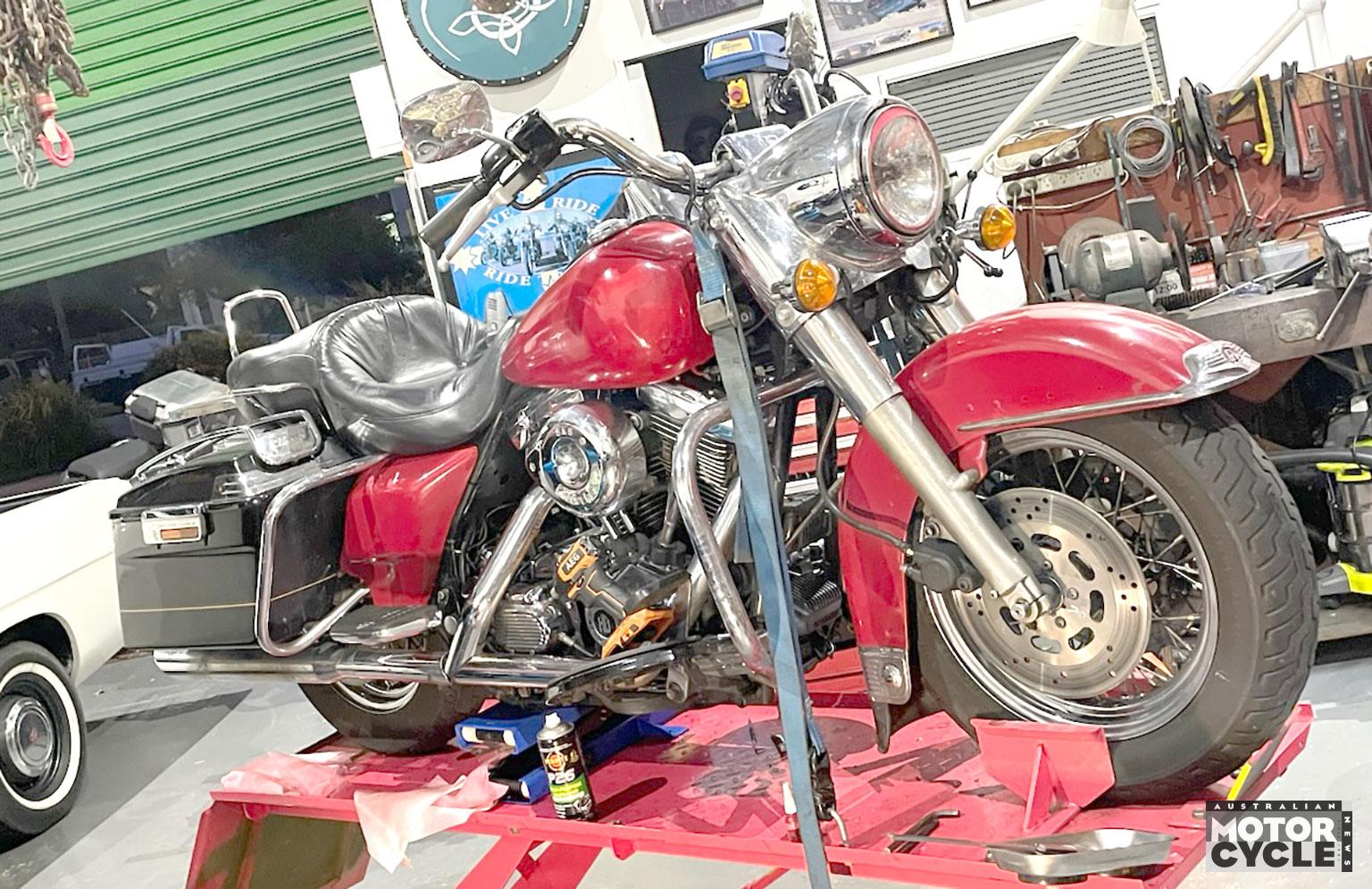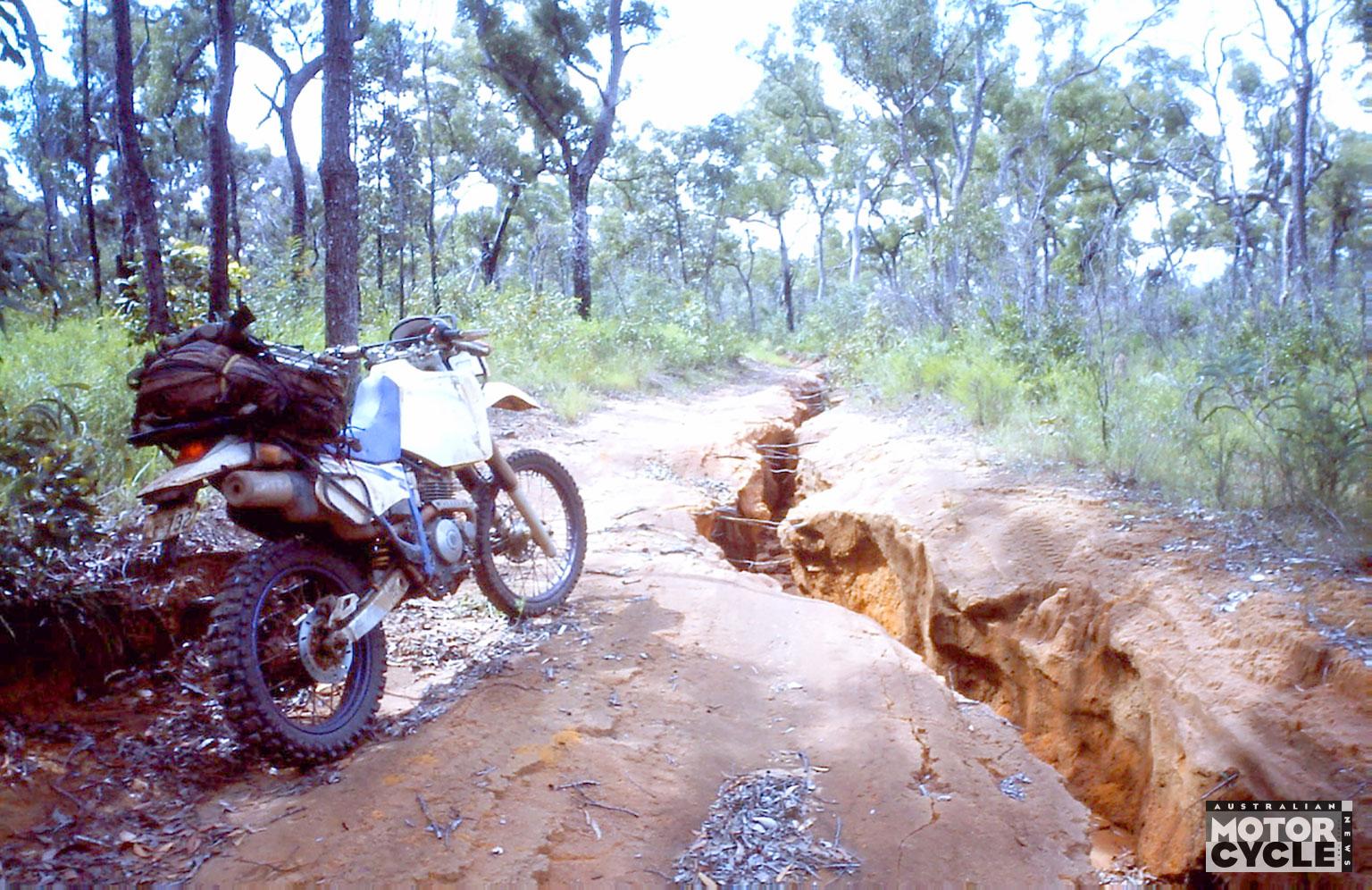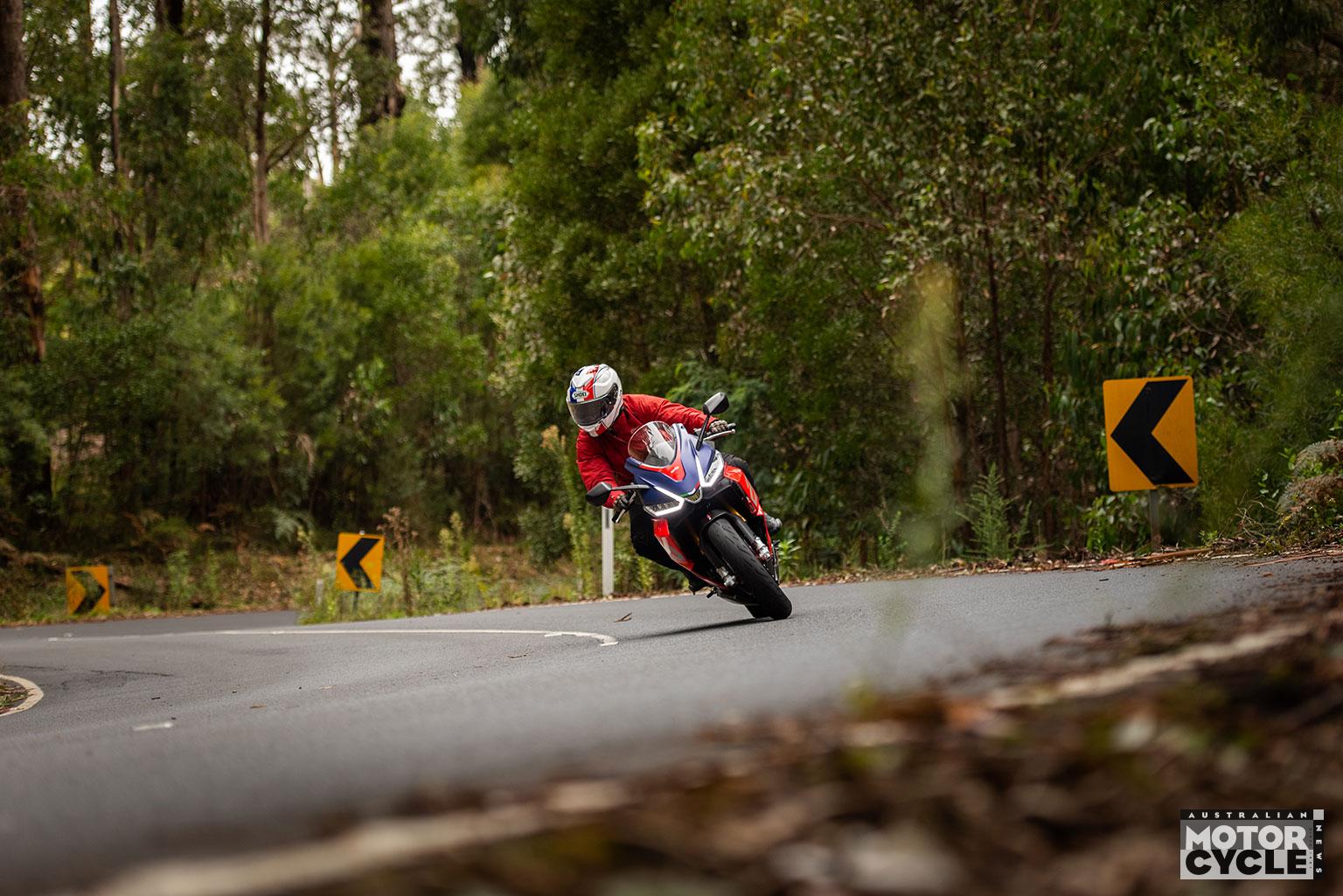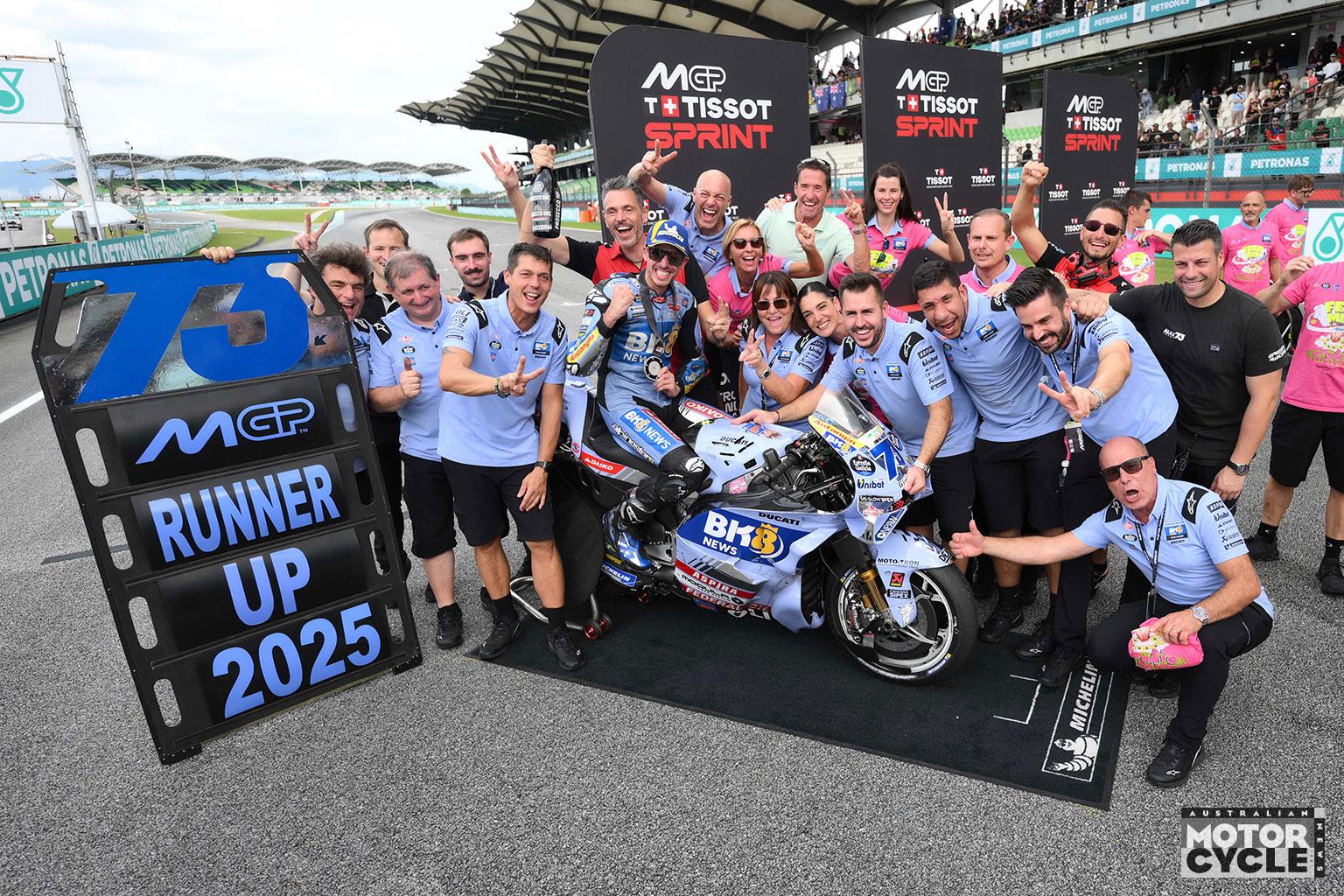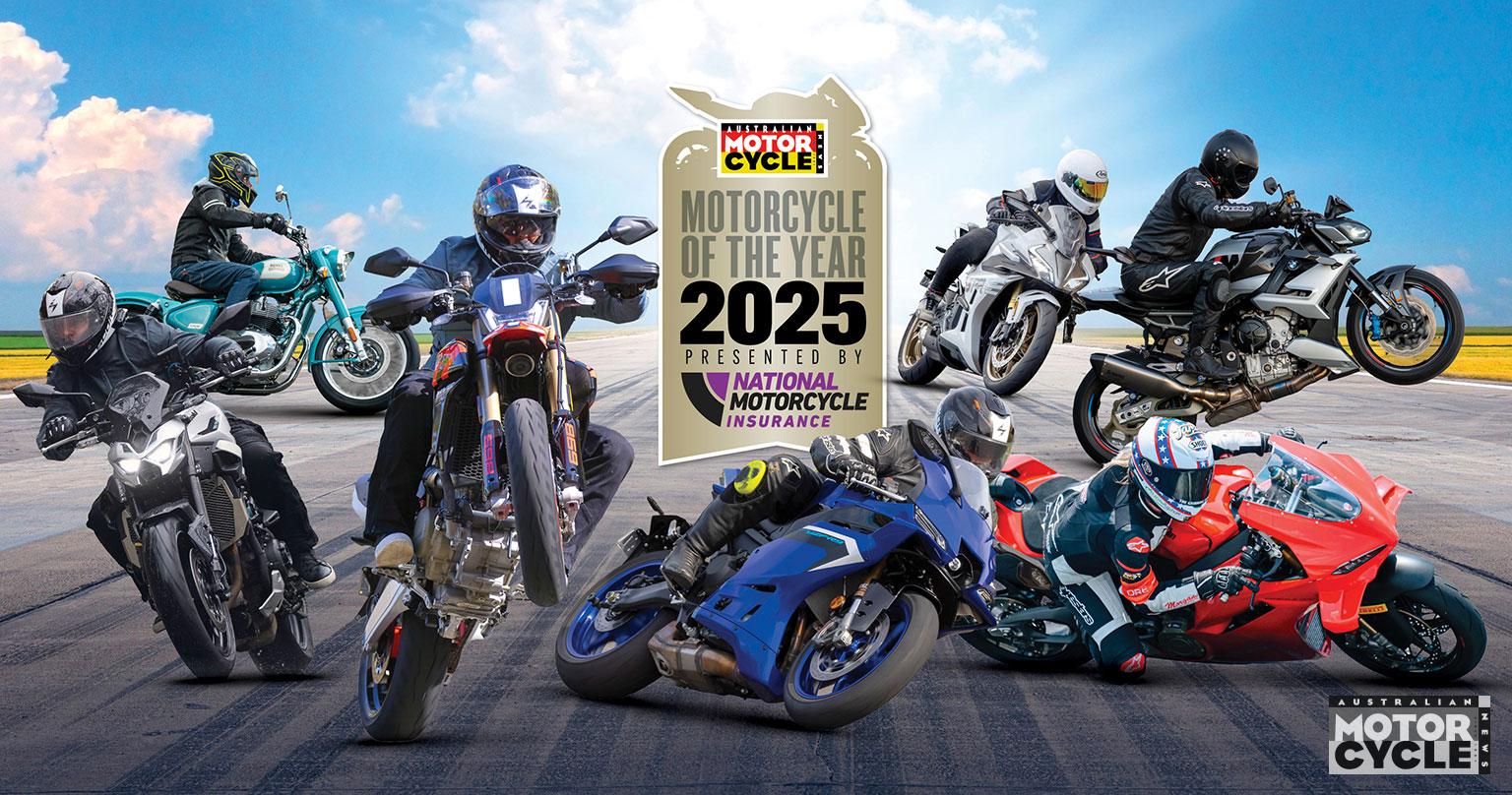It was bound to happen sooner or later. You’re at your uncle’s digs and there it is, the mid-80s whatsimacallit you learned to ride on. Your uncle says it ran just fine when he left it four years ago and he’ll let it go cheap. Thing is, do you really want it?
The worst thing that can happen to an engine is for it to do nothing. Rust starts forming everywhere, the rubber seals and O-rings dry out and harden and the sun starts rotting plastic parts. The old saying ‘use it or lose it’ is true. A bike that has been sitting for any length of time is a restoration, not a repair.
Just how much restoration is needed will depend on how long the bike’s been sitting idle, and how well it was prepared for storage. The overall mileage isn’t too important. Many bikes are as used as they’ll get at extremely low mileages – 29,000 to 40,000km for the big stuff and 8000 to 16,000km for small bikes. This is because most motorcycles are viewed as recreational vehicles and sit for ages, run hard then get tucked away again.
The first thing you need to do is inspect the bike in question. It’s been sitting a while, so it will be dusty and dirty. You need to be looking for wear and tear, bent stuff and scrapes.
If all looks okay, kick the engine over. If the engine has no kick-starter and the battery is dead, use jumper leads to hook a battery up to the bike. Make sure the voltage is correct (six or 12 volt) and don’t connect the leads to the dead battery, as it could overload it.
If the engine turns over, take the spark plug out, put it back in the plug cap and earth it to the cylinder head to check for spark.
Inspect the condition of the spark plug and note its colour, even though the bike has been sitting for while. The correct fuel/air mix is indicated by a lighter shade of tan/grey around the insulator. If the plug is oily, the oil gasket may be worn even if the compression is good. Check the plug gap with a feeler gauge, as too wide a gap will make it hard to start. Ensure that the plug has the recommended heat range and thread length. When re-fitting the plug, don’t over-tighten it in an alloy head.
Run a compression test on the cylinder and hold the throttle open while you turn the engine over with the gauge hooked up. You need at least 100psi for it to run, while 120-135psi is pretty good and 150-170psi is great. Two-strokes will always test less because of their ports.
If you don’t have a gauge handy, and you can reach the spark plug hole, put your thumb over the hole. Push hard then turn the engine over. If the compression blows your thumb off the spark plug hole (no matter how hard you push) it’s probably okay – at least enough for the engine to start.
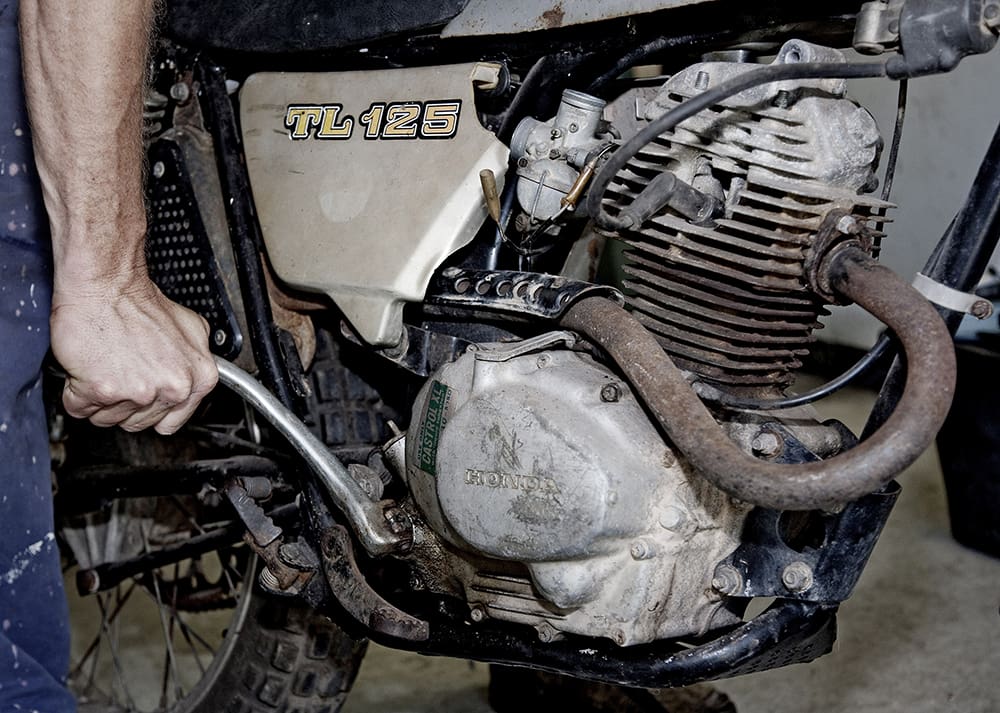
If the engine is sticky/seized/won’t turn over, it’s time for a top-end rebuild. If there’s no spark and the bike has electronic ignition, things can get very pricey and hard to troubleshoot. Most, but not all bikes built after 1980 have electronic ignition, and prior to that, contact breaker points. If you have no spark and the bike has points, odds are a new set with the correct timing and advance will get your spark back and engine firing.
Check the engine oil. The oil in most older engines will be dark, but you can get an idea of its condition. If it smells burnt, there may be clutch problems. If it smells like petrol, the fuel valves in the carbies may be stuck open. If it is white or green, it has a lot of contaminates in it. White or white-ish oil has water in it.
If you can, drain the oil and look at what comes out. Is there water? Is it rusty or clear? If it’s rusty, that’s not good. Where do you think that rust came from? You might want to steer clear of this one. If it’s clear, you might be okay.
Most people walk away from their bikes with no storage preparation. Fuel in the carbies and tank may be pretty bad and carby work can be pricey. Check for bent shift forks and other gearbox problems by ensuring you can select all gears.
You have compression and spark, and didn’t hear any bad noises once it started, and the bike looks okay on the outside. Now the price. How much is it worth? If a bike isn’t running, it’s worth less than one that is.
If you don’t know what a good price is, go online and see what people are asking for a similar bike in good running condition, and check the cost of engine parts like pistons, rings and clutch plates.
Be careful and do your homework. Take everything you’re told about the bike with a grain of salt. Memories fade over time and what once was true – “it never missed a beat,” they said – may no longer be the case.
If the price is right, a non-running bike can end up being a good buy. In many cases, a new battery, a good tune-up and a carby clean is all an old bike will need to get it back in running order. Just don’t pay too much for it.
After you get it up and running, put a few kays on it before you try to fix every little thing. Okay, you need an oil change. You need a new spark plug. You need a good tune-up and you may need to bleed the brakes and/or change the fluid. But beyond that, don’t do anything more than necessary to get it running.
Many things you thought needed fixing will fix themselves, and other things that do need fixing will rise to the surface after your initial runs.
